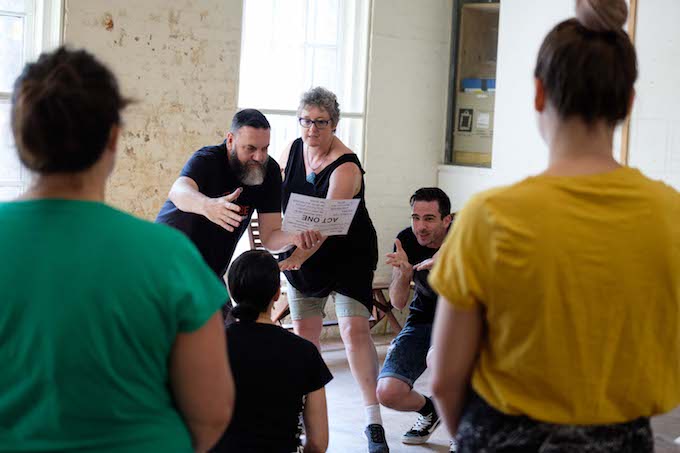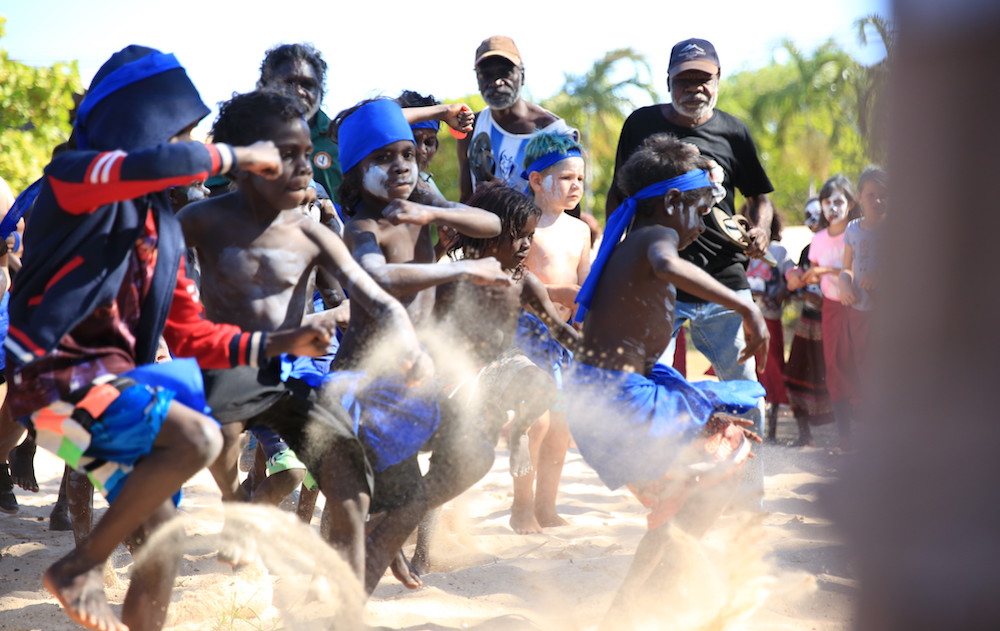A collective return to school, and adjusting to the ‘new normal’
The COVID-19 pandemic has provided an opportunity to learn new things.

Some of us have gained new knowledge about ourselves, and also about others. Some of us have had an opportunity to reflect on what we value and prioritise in life. Others have had lessons on friendships and the importance of kindness. But possibly one of the most important and profound learnings has been around the role of teachers and the supporting role of parents.
The pandemic has been referred to as a collective trauma, but we should be wary of jumping to these types of conclusions.
Trauma is characterised by a negative psychological response following an adverse event. Children’s responses to the COVID-19 pandemic have varied and we must be cautious in generalising collective experiences towards it and the associated outcomes.
Many children have adjusted to the new routines well. Some may have even enjoyed the extra time spent at home. This isn’t to say that there’s been no trauma experienced by children.
There’s likely been children exposed to domestic violence, or those who have experienced financial hardship. But for every one of those children is a Ferris Bueller, genuinely quite happy to be at home. We have had a collective experience, no doubt, but to say this experience has been collectively traumatic is wildly inaccurate.
Emotions will vary for some of the Victorian students heading back to school on the 26 May.
While some children may be excited, others may be more worried. Some may feel a mix of emotions. And just like returning to school after the long summer break (possibly the most comparable event through a child’s eyes), many of these feelings are normal.
In fact, we must remember that parents and teachers, with their greater understanding of events, may actually experience more trepidation and feelings of uncertainty than their children.
Parents may be concerned that government decisions will be reversed, or worry about whether their child will be safe. Teachers may be concerned about their own health and workload. Prising apart children’s and adult’s concerns can create more realistic expectations on what a return to school will look like for children.
A special superpower of schools is their ability to return to normality quickly. We’ve seen many examples of this around the world when schools have returned from far more horrific events. Most schools offer children a predictable and familiar place of routine and clear expectations. Teachers can harness this predictability. Their roles as stable and familiar people to children can be hugely important for transition and adjustment.
Schools should ensure that their usual mechanisms of support for children with academic issues, learning needs, stress or bullying are still in place.
It’s been interesting to talk to teachers about their connections with children during remote learning these past few weeks. Those that have spent time over digital platforms like Zoom feel that they have never before had such insight into students’ lives.
They’ve had an opportunity to see the child’s pets, their favourite toys, and their home environment. It’s been a chance to get to know their students on a deeper level.
Relationships with others are at the heart of building belonging in schools, especially relationships between students and teachers. Students want to be known by their teachers, and in turn to know their teachers. In some ways, remote learning has provided a different type of opportunity to do this not readily available in the classroom.
Teachers can continue to build student rapport and knowledge. The student-teacher relationship takes time and effort, like any relationship. For those that continue to teach online, consider the multiple ways you can connect with students. Many of the same strategies for fostering inclusion and a sense of connection in the classroom also apply online. Teachers can:
One consideration is that we have all experienced this event together. That alone helps create common ground between us.
Finding similarities with others helps determine the quality of our relationships with them. Communities often grow stronger after an adverse event, and this event should be no exception. Schools have unique communities to ensure this happens.
Teachers and parents can also help facilitate connections with peers, but it may be wise to follow the lead from children here. Many of us have lived the past five or so weeks at a slower pace. A return to school may create some weary people (and not just children).
Each student’s sense of belonging will be different and will vary depending on how well they cope with stress and change. Keeping a check on children is important during this time, and they must be able to access the support they need, as they need it. Mental health and children’s motivation at school can predict their sense of belonging at school.
Teachers and parents can prepare for transition in the same way they do after a long break – or at the start of a new school year.
In fact, many of the resources that teachers often provide parents at the end of one school year or the start of the next may still be hugely relevant. These include reminders about school expectations, and the names of teachers and peers.
We must remember that parents and teachers, with their greater understanding of events, may actually experience more trepidation and feelings of uncertainty than their children.
It’s important to explain to children that many day-to-day school activities will remain unchanged, while pointing out areas where change may be required (for example, where they sit in class, how often they need to wash their hands, or where and how they play with others). This will provide a degree of predictability and comfort when they do step back into the classroom.
Parents and teachers will be building a new routine, and should be patient as everybody readjusts. Adults can let children know they are available if the child has questions, and provide age-appropriate, honest responses as they’re needed.
All adults should encourage and model helpful approaches to coping, as children aren’t the only ones adjusting to going back to school – we’ll all be doing it as a community. Keeping a check on our own emotions and managing them productively will also help our children manage theirs.







